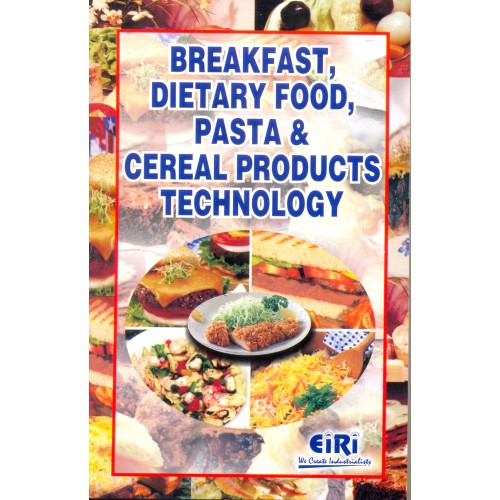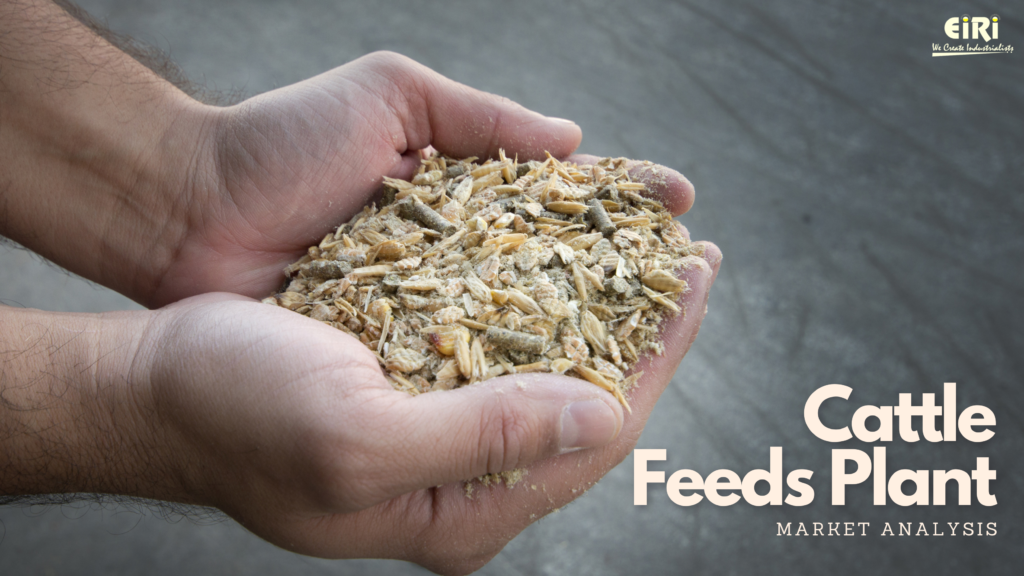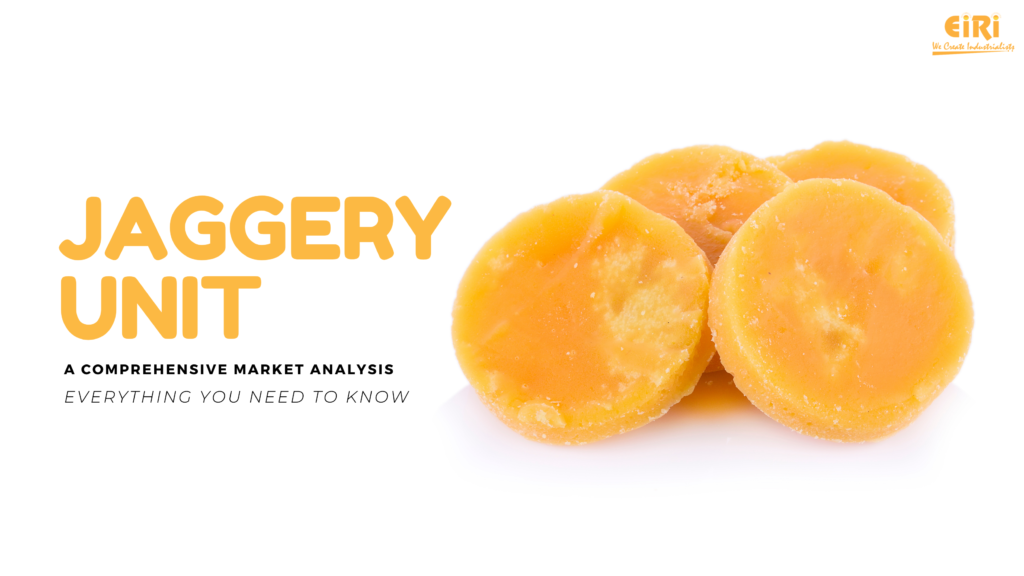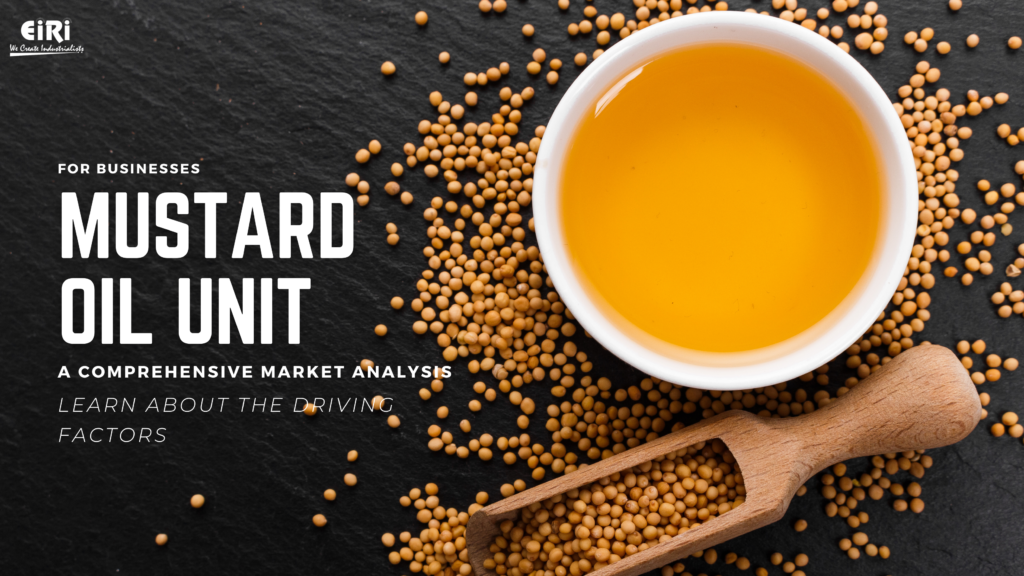Future of Pasta and Macaroni Production
Brief Overview of Pasta and Macaroni Industry
The global pasta and macaroni industry is expected to reach $32.78 billion during the period 2017-2023. It will grow at a healthy CAGR of 5.85% during this period. Pasta is a convenience food and does not need a lot of effort to be chopped or cooked. The annual global pasta production is more than 13.5 million tons. It is a popular and staple food in many countries and its production is strictly regulated by the relevant authorities. Italy is the largest producer of pasta with an annual production of more than 3.3 million tons. The United States produces 2 million tons of pasta, followed by Brazil with a production of 1.3 million tons.
China continues to be the leading pasta consumer in the Asia Pacific region. Pasta is slowly becoming a global food. The manufacturers need to be aware of regional tastes and preferences. Laws in some countries are strict which need the pasta to be made from sustainably sourced food like gluten-free and whole wheat. Other pasta variants like legumes-based ones made from red lentils, chickpeas, etc. are also becoming popular. Consumers are preferring pasta and macaroni that are gluten-free and high in fiber content. The pasta industry will need to adapt to meet these customer preferences. The industry is also allocating more budget to research and development to stay competitive.
Future Scope and Demand
The global pasta and macaroni market is dominated by Europe. Italy is the world’s largest consumer of pasta with a per capita consumption of 26 Kg per year. It is followed by Venezuela and Tunisia with an annual per capita consumption of 12.3 Kg and 11.9 Kg respectively. During the period 2017-2023, Europe will continue its dominance in the industry and witness a CAGR of 5.72%. However, the Asia Pacific region will emerge as a competitor with a CAGR of 6.22% during the same period. The pasta and macaroni industry will see fast growth in China, Japan, India, and other ASEAN countries. Growing urbanization and industrialization will trigger the demand, especially in the Asia Pacific region.
The pasta market can be segmented based on sources that comprise whole wheat, rice, maize, chickpea, etc. Whole wheat pasta is the most popular and accounts for the highest market share. It will continue to dominate the pasta industry during 2017-2023. Maize pasta will also grow at a fast pace during the same period. Online distribution channels will make pasta readily available to most customers. It is likely to stimulate the pasta demand further.
The Italian pasta industry sets the global benchmark. It has more than 100 quality manufacturers employing above 7,500 staff. It is valued at €4.7 billion. Pasta regulations in Italy are strictly governed and enforced. It has a “purity” law. Only durum wheat semolina flour pasta is allowed in the country for domestic consumption. The law also states the moisture level and protein in the flour, prohibiting the addition of enzymes and any other substances other than semolina flour, water, and eggs (for egg pasta).
Breakfast, Dietary Food, Pasta & Cereal Products Technology (Hand Book)

Project Report On Macaroni, Spaghetti, Vermicilli & Noodles
Project Report on Macaroni, Spaghetti, Vermicilli & Noodles includes Present Market Position and Expected Future Demand, Technology, Manufacturing Process, Investment Opportunity, Plant Economics and Project Financials. Report provides a comprehensive analysis from industry covering detailed reporting and evaluates the position of the industry by providing insights to the SWOT analysis of the industry.
Each report include Plant Capacity, requirement of Land & Building, Plant & Machinery, Flow Sheet Diagram, Raw Materials detail with suppliers list, Total Capital Investment along with detailed calculation on Rate of Return, Break-Even Analysis and Profitability Analysis. The report also provides a birds eye view of the global industry with details on projected market size and then progresses to evaluate the industry in detail.




